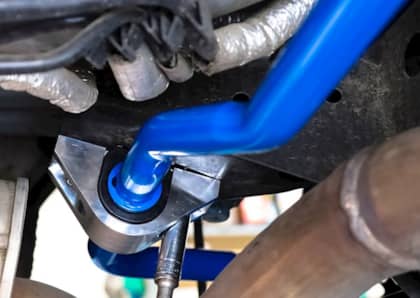What Is Magnetic Ride Control, And How Does It Differ From Traditional Suspension?
Adaptive suspension technology was long the holy grail for automakers. Why offer a set of shocks and springs that are specifically tuned for one type of driving—whether that be comfortable cruising or intense corner carving—when the possibility of a suspension setup that could bridge both worlds was on the table?
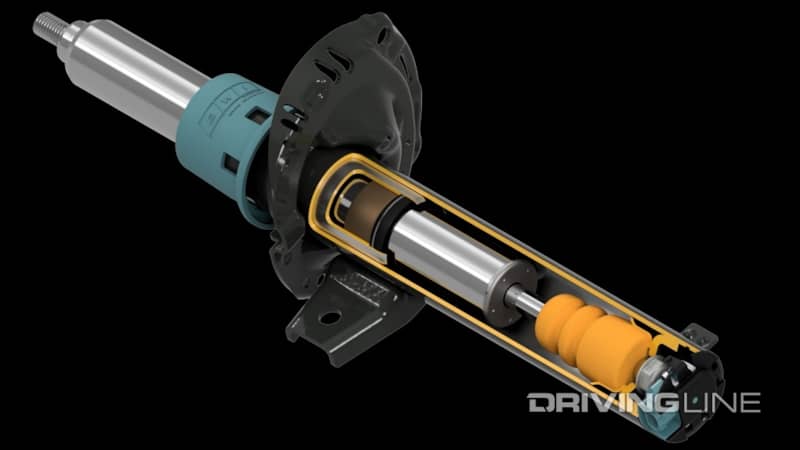
Although Citroen pioneered the use of a hydropneumatic suspension that could respond to body movement in the 1950s, it wasn't until the 1980s that computing power rose to the challenge of monitoring driving conditions in real-time. This engineering dream was initially explored in the world of racing, particularly Formula One, but early adjustable suspension efforts from Toyota and General Motors also made it to the streets during that era.

In particular, Cadillac was a leading proponent of developing true adaptive suspension technology, spending most of the 1990s offering various computer-controlled damping profiles for its factory shock absorbers in models like the Allante and the Eldorado. By the early 2000s, however, the brand made the revolutionary leap from relying on internal valve controls to instead using magnetized fluid to control shock response. Dubbed magnetic ride control or 'MagneRide,' it quickly became a key technology not just for Cadillac, but for improving the comfort and handling of brands as diverse as Chevrolet, GMC, and even Ford and Ferrari.
How Do Traditional Shock Absorbers Work?
At their most basic, shock absorbers transfer a vehicle's kinetic motion into heat through the movement of a hydraulic fluid through a series of valves and restrictions inside a housing. This motion has the effect of harnessing the energy that is held by the spring after it has been compressed, preventing it from rebounding up into the automobile's body and disrupting its ride. The hydraulic fluid dissipates the heat, thus completing the energy transfer from kinetic to thermal.
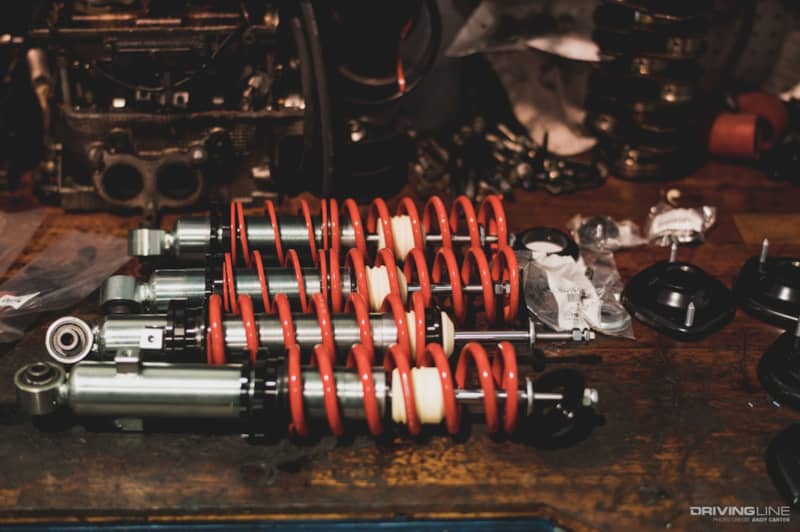
Inside the shock is a piston that moves up and down, with the amount of resistance to movement controlled by hydraulic valving. Early adjustable suspension systems relied on adjustable valve settings (just like current manually-adjustable coilover shocks today) or solenoid-activated bypasses that were controllable by the driver, which gave the shock absorber different damping profiles. Adaptive systems took this one step further by loading up a vehicle with sensors and then using that data to automatically select from a range of pre-programmed damping profiles based on road conditions.
Doing Away With Valving
The engineers at Delphi Corporation (the name given to GM's parts development division founded in 1994) realized that it was possible to avoid complex, computer-controlled valving by instead using a shock's hydraulic fluid to increase or decrease resistance flow inside the damper. This was accomplished by using magnetized oil, or magnetorheological fluid, inside the shock.
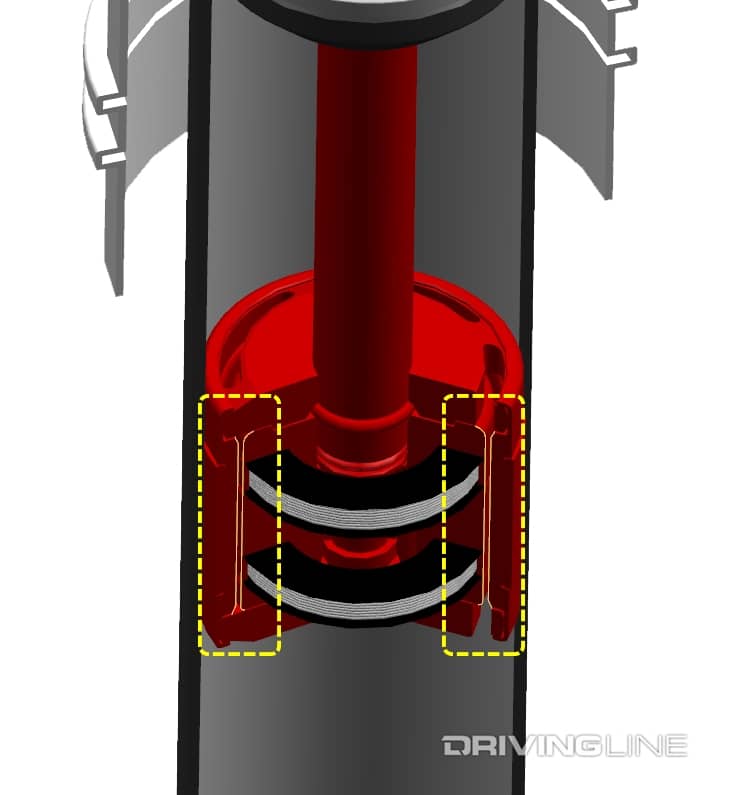
How does magnetorheological fluid work? When exposed to a magnetic field, it's possible to alter the flow resistance, or viscosity, of the oil. This means the damper can move from extreme of stiffness to another simply by adjusting the electrical current being fed to the fluid, which can achieve near-solid status if desired. General Motors marketed this system as 'MagneRide,' with the original design arriving as a mid-year update to the 2002 Cadillac Seville STS.
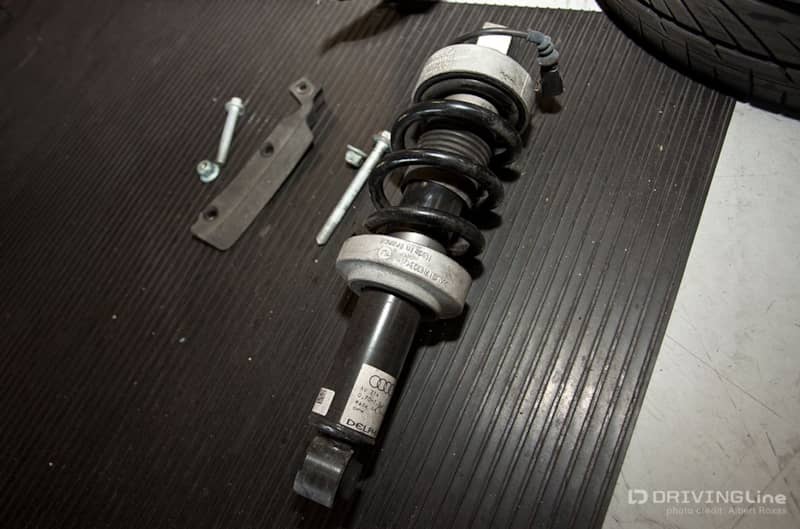
The benefits of MagneRide are numerous. Not only does it reduce the internal complexity of the shock itself, it allows for incredibly rapid response to shifting driving conditions, with the original system capable of changing damping resistance in less than a millisecond. This made it the perfect match for a computerized control system that could read road conditions a thousand times a second and continuously adjust the shock's profile to keep it smooth and comfortable no matter how rough pavement conditions might get. By the same token, the system can automatically respond to body roll to keep a vehicle consistently flat during high performance driving.
Four Generations Of Magnetic Ride Control
MagneRide has gone through several iterations over the past two decades, moving from a single magnetic coil, to a dual-coil setup in its third generation, to the current fourth-generation design that incorporates accelerometers in the wheel hubs and a host of other improvements that make for even faster and smoother transitions between damping states.
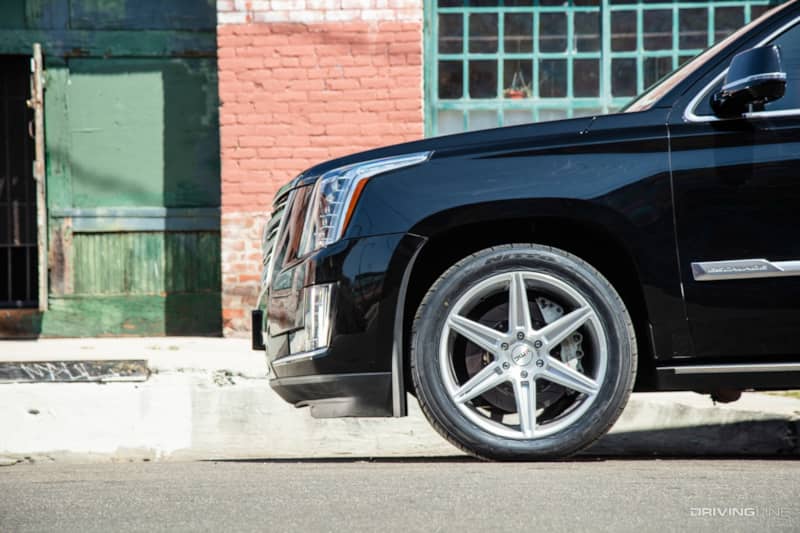
The company that manufactures it has also seen its own evolution. After a financial crisis in the late-2000s, Delphi disbanded, selling the business unit that produced MagneRide to Beijing West Industries (BWI) which continues to manufacture and improve the suspension system to this day.

Under BWI's ownership, MagneRide's availability has expanded from its initial internal GM usage and Ferrari-licensed implementation to include applications such as the Ford Mustang, the Lamborghini Aventador, numerous high performance Audi models, the Acura NSX, several Acura SUVs, as well as members of the Land Rover sport-utility vehicle family.






